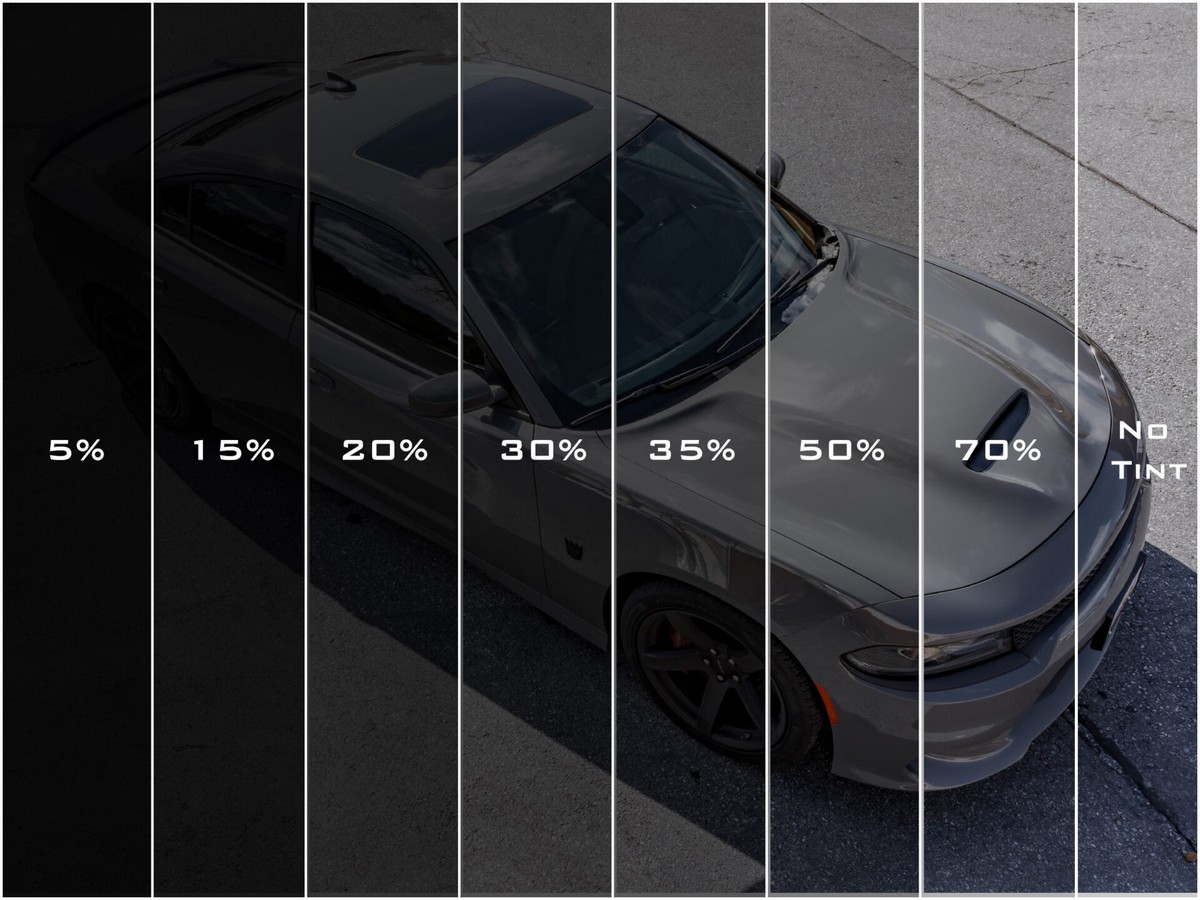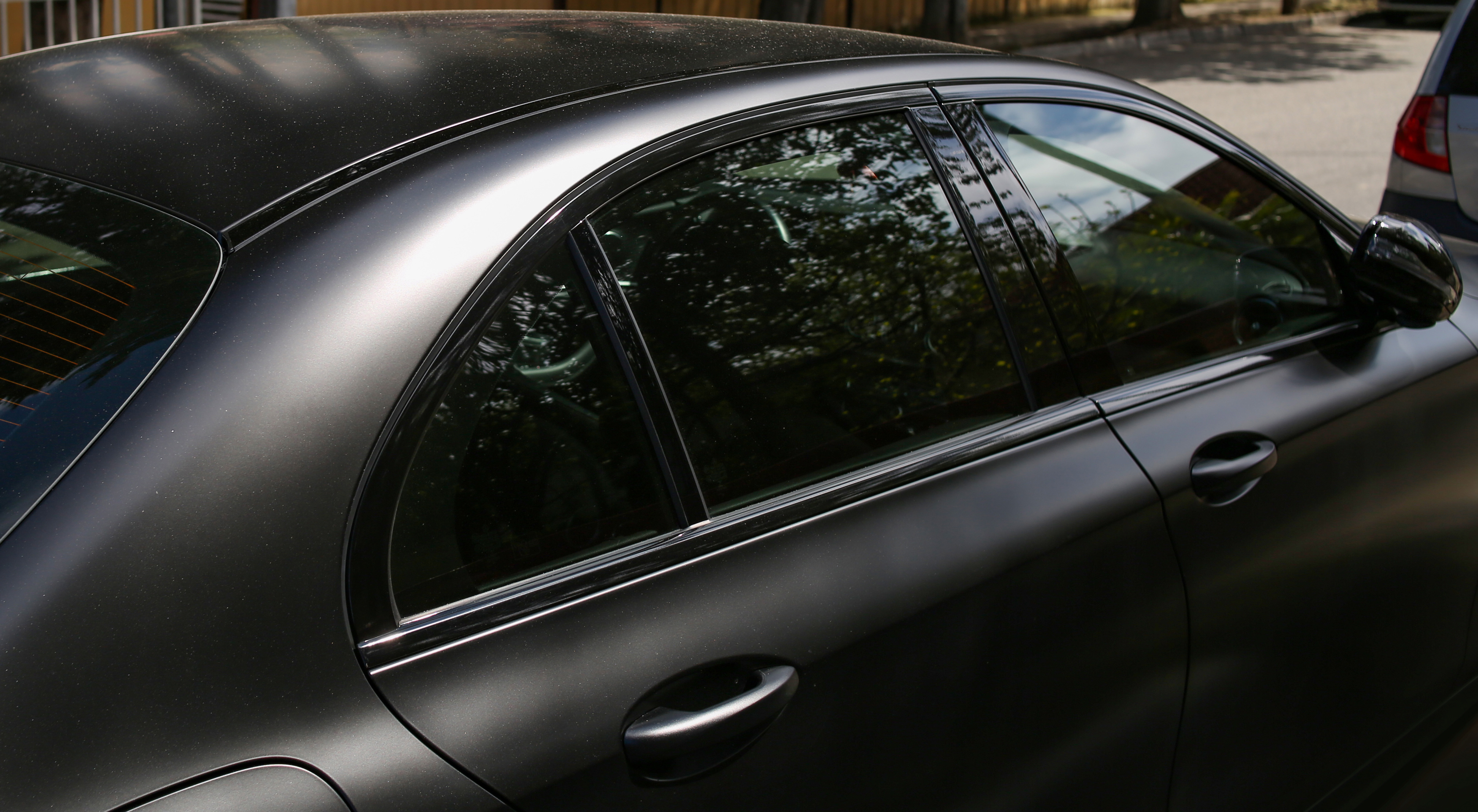Window Tinting Options: Discover the Right Shade for Your Style and Demands
Choosing the suitable window tint for your automobile involves a careful factor to consider of numerous variables, consisting of personal appearances, practical requirements, and legal restrictions. With alternatives ranging from light tintss that offer very little personal privacy to darker tones that enhance privacy, the choices can be frustrating. window tinting. Comprehending the effects of noticeable light transmission (VLT) percents and the benefits of different materials is important in making a notified selection. As you consider your options, you may question how these elements interaction to develop not simply an appearance, yet a customized experience when traveling.
Comprehending Window Tinting Levels
When considering window tinting, it is necessary to understand the numerous levels of tint offered, as they considerably affect both aesthetics and capability. Window tinting is classified based on Noticeable Light Transmission (VLT) percentages, which indicate the quantity of light enabled to travel through the glass. The VLT portion can vary from very light (over 70%) to really dark (listed below 5%)
The main levels of tint include clear, which provides UV security without altering presence; light tint (over 50% VLT), which slightly lowers glare while preserving presence; medium tint (around 35% VLT), striking a balance between privacy and light transmission; and dark tint (below 20% VLT), giving significant privacy and heat decrease however restricting outside visibility.
Comprehending these levels is essential as they can affect driving security, lawful compliance, and personal convenience. Furthermore, regional laws frequently determine permissible tint levels, varying by state or district. Therefore, prior to choosing a tint, it is recommended to study and ensure adherence to these policies while considering individual choices for style and practical advantages.
Popular Tint Tone Explained

One of the most preferred choices is the classic dark tint, generally varying from 20% to 5% VLT (Visible Light Transmission) This shade offers optimum personal privacy and a streamlined, advanced look. It efficiently obstructs UV rays and heat, making it optimal for warm climates, though it may restrict visibility during the night.
On the other hand, lighter tones such as 35% or 50% VLT supply a more refined look while still using some degree of privacy. These shades are best for those seeking an equilibrium in between looks and capability, as they permit for far better presence and follow numerous legal standards.
Another arising choice is the ceramic tint, which can be available in a range of shades - window tinting. It offers superior heat denial and UV defense without significantly modifying the lorry's look

Legal Rules for Window Tinting
Understanding the legal regulations bordering window tinting is crucial for lorry proprietors wanting to tailor their cars. Each state in the united state has certain laws governing the darkness or lightness of window tintss, often determined by Visible Light Transmission (VLT) portion. check this VLT refers to the amount of light that can go through the film and the glass integrated.
In lots of states, laws dictate different VLT portions for numerous windowss, including front windshields, side windowss, and rear windowss. As an example, some states may allow a color of 70% VLT for windscreens while allowing darker tintss for rear windowss. In addition, specific states have limitations on reflective tintss, which can create glow for other drivers.
Failing to abide by these regulations can cause penalties, mandated elimination of the tint, and boosted insurance premiums. Vehicle proprietors need to speak with regional regulations or state DMV sites to ensure they are within legal limits prior to continuing with installment. Recognizing these regulations not just assists stay clear of lawful effects yet also makes sure a secure driving experience.
Advantages of Different Tint Products
Discovering the advantages of numerous tint products reveals considerable benefits that can enhance both the performance and aesthetic charm go to this site of an automobile. Each material provides distinctive qualities fit to certain needs and choices.
Dyeded window films are prominent for their price and capability to reduce glare. They successfully block UV rays, securing the inside from fading, though they may not supply the highest possible warm rejection. Metalized films, on the other hand, deal superior warmth decrease and UV protection due to their reflective buildings. They can enhance personal privacy and safety however may hinder electronic signals.
Ceramic window films stand for a premium option, offering extraordinary warm being rejected while maintaining exposure. They are non-metallic, hence preventing any type of signal interruption, and are highly resilient, withstanding scrapes and fading in time. In addition, ceramic films do not include dyes, making certain a longer-lasting look.
Finally, crossbreed films incorporate aspects from dyeded and metalized choices, providing a well balanced efficiency in terms of warmth rejection, glow decrease, and expense. Each tint material offers special functions, allowing automobile proprietors to select the finest fit for their way of living and visual choices, inevitably boosting their driving experience.
Picking the Right Tint for You
Finding the right window tint involves thinking about various variables, including individual preferences, automobile type, and neighborhood policies. Assess your personal style and wanted degree of personal privacy, as these will certainly assist your selection of tint shade. Darker tintss offer improved privacy however might not appropriate for all chauffeurs, especially those who prefer a read the full info here more open feeling inside their car.
Next, consider your vehicle kind, as the size and form of windowss can influence the efficiency of specific tintss. For circumstances, bigger windowss may take advantage of reflective tintss that reduce glow while smaller windowss may be more fit to dyeded films that provide refined looks.
In addition, it's vital to inspect regional regulations relating to window tinting. Many states impose constraints on the allowable darkness and reflectivity, particularly for front windowss. Compliance with these laws is necessary to make sure and avoid fines security.
Last but not least, examine the tint material that finest matches your needs. Choices include dyeded, metalized, ceramic, and crossbreed films, each offering distinct benefits associating with warm being rejected, UV defense, and resilience. By thinking about these elements, you can confidently pick a window tint that lines up with your style and practical requirements.
Final Thought
Finally, choosing the suitable window tint needs mindful consideration of numerous elements, including VLT portions, local regulations, and the desired visual. Various tint materials use one-of-a-kind benefits that can improve automobile convenience and security. By extensively recognizing the available choices and aligning them with individual choices and practical needs, one can accomplish an optimal equilibrium in between design and functionality in window tinting selections.
Selecting the proper window tint for your car involves a careful factor to consider of various elements, consisting of individual appearances, functional requirements, and lawful constraints. Each state in the United state has particular regulations controling the darkness or agility of window tintss, typically measured by Visible Light Transmission (VLT) percent. Some states might enable a tint of 70% VLT for windscreens while permitting darker tintss for back windowss.Locating the right window tint includes taking into consideration various elements, consisting of individual choices, lorry type, and local guidelines.In final thought, choosing the proper window tint needs mindful consideration of various factors, consisting of VLT portions, regional policies, and the desired aesthetic.